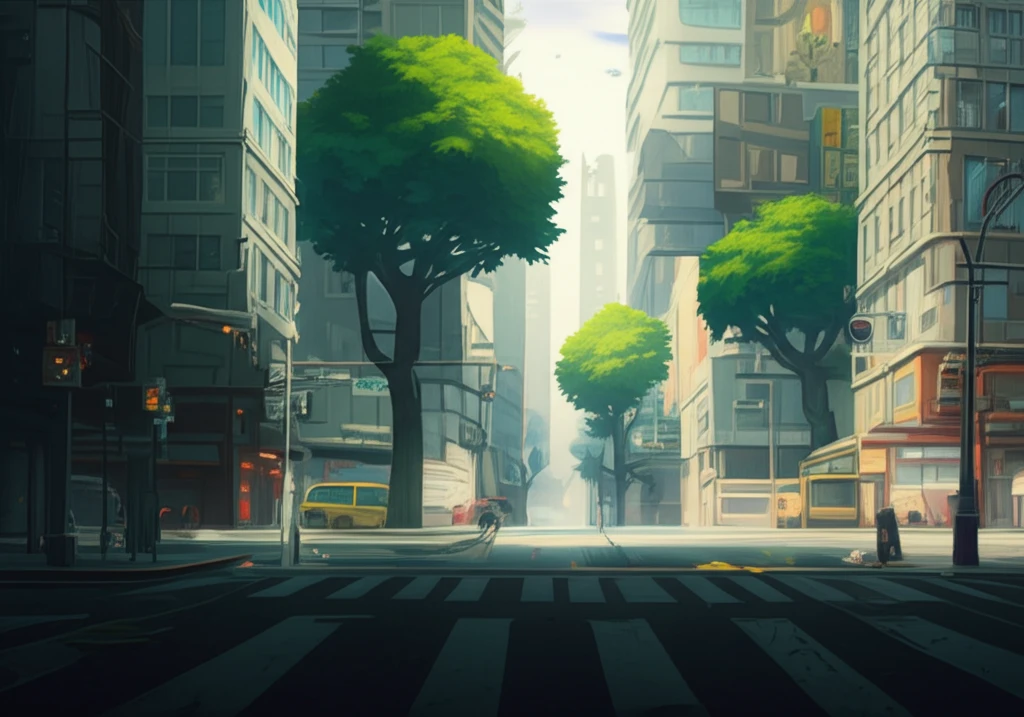
Urban Heat Islands: How Street Design Can Cool Our Cities
"Discover how innovative street canyon design and vegetation strategies can significantly lower cooling costs and improve urban living."
As urban populations surge, cities face a growing challenge: the urban heat island effect. This phenomenon occurs when urban areas experience significantly higher temperatures than their rural surroundings, leading to increased energy consumption for cooling, poorer air quality, and adverse health impacts. But what if we could design our cities to naturally combat these effects?
Recent research published in "Energy and Buildings" delves into this very question, exploring how different street canyon typologies—the physical geometry of streets and buildings—and vegetation strategies can dramatically impact a building's peak cooling energy demand. The study uses Taipei, a city known for its hot and humid climate, as a case study, offering insights that are applicable worldwide.
This article breaks down the complex findings of the research, translating scientific data into practical strategies that city planners, architects, and even homeowners can use to create cooler, more sustainable urban environments. We'll explore how simple changes in street design, tree placement, and building orientation can make a significant difference in our fight against urban heat islands.
Understanding Street Canyon Typology and Its Impact

The term "street canyon" refers to the space created by buildings lining both sides of a street. The height and width of these canyons, along with their orientation, play a crucial role in determining how much sunlight reaches the street, how air circulates, and ultimately, how hot the area becomes. Researchers used sophisticated simulation tools like ENVI-met and EnergyPlus to model these interactions and assess their impact on building energy consumption.
- Street Orientation: Whether the street runs north-south, east-west, or diagonally.
- Height-to-Width Ratio (H/W): The ratio of building height to street width, influencing shading and wind flow.
- Street Width: The overall width of the street, including sidewalks and vehicle lanes.
- Tree Height and Leaf Area Index (LAI): Characteristics of roadside vegetation affecting shading and evapotranspiration.
- Tree Planting Distance: The spacing between trees along the street.
Building a Cooler Future, One Street at a Time
Combating the urban heat island effect is a complex challenge that requires innovative solutions and collaborative efforts. By understanding the principles of street canyon typology and implementing thoughtful design strategies, we can create urban environments that are not only more comfortable but also more sustainable. As cities continue to grow, these insights will become increasingly vital in our quest to build a cooler, greener future for all.
